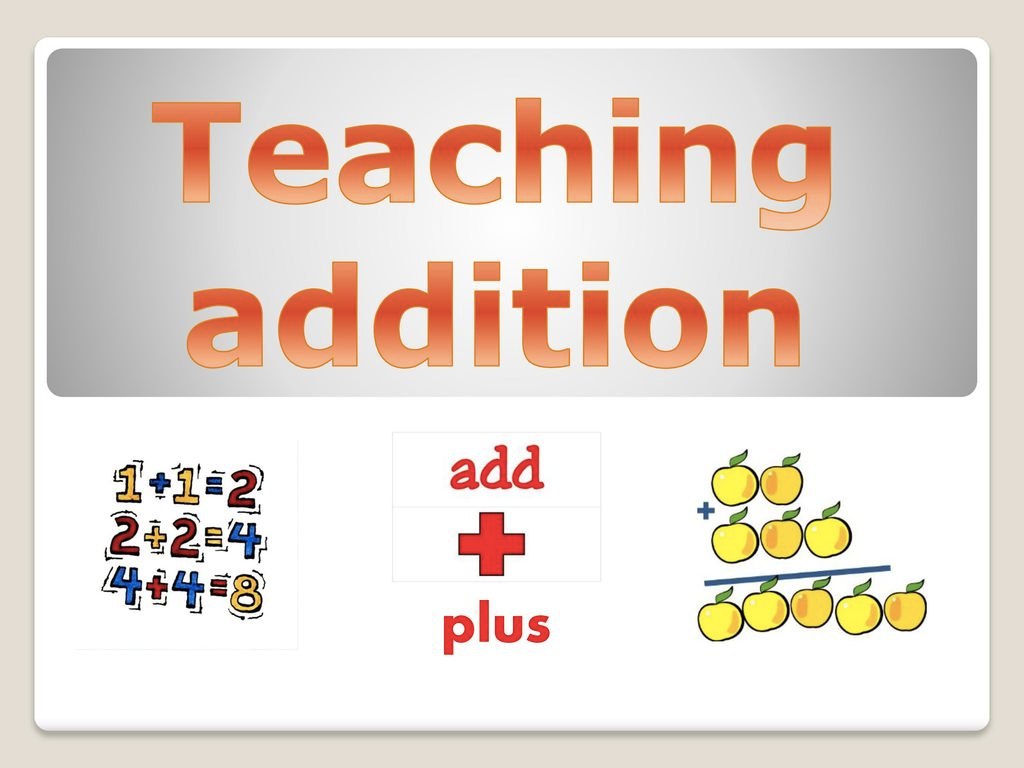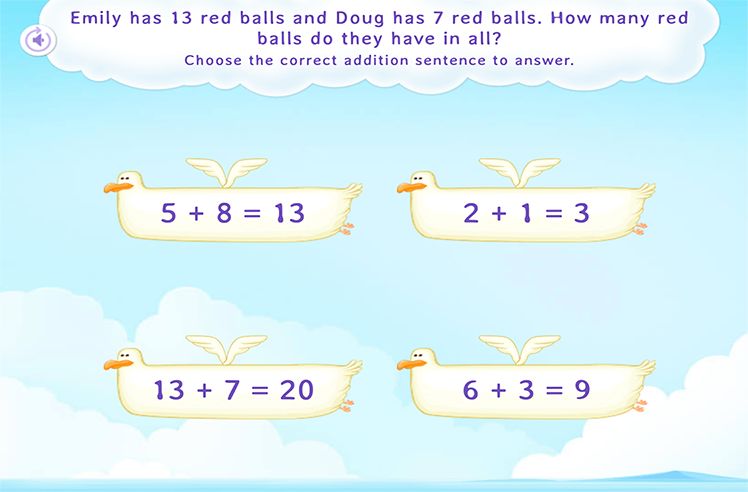- 1. Pre-Addition Skills
- 2. Introduction to the Concept of Addition
- 3. Visual and Model-Based Addition
- 4. Understanding Addition Symbols and Properties
- 5. Developing Efficient Addition Strategies
- 6. Mastery of Addition Facts
- 7. Addition of Larger Numbers Without Regrouping
- 8. Introduction to Addition With Regrouping
- 9. Application Through Word Problems and Real-Life Scenarios
I’ve been teaching math to little ones for quite a few years, and one of the first big hurdles we tackle together is learning addition. Learning how to teach addition to kids has been a journey full of fun moments and a few challenges. But nothing beats the look on a child’s face when they finally understand how to add numbers together.
Math & ELA | PreK To Grade 5
Kids see fun.
You see real learning outcomes.
Watch your kids fall in love with math & reading through our scientifically designed curriculum.
Parents, try for free Teachers, use for free
When it comes to teaching addition, it’s all about making it as hands-on and as relatable as possible.
In this blog, I’ll share some tips from my experience to help you teach addition in a way that’s easy and enjoyable for kids.
9 Strategies for Teaching Addition
1. Pre-Addition Skills
Laying the groundwork for addition begins with fun and engaging pre-addition skills. The goal here is to get kids comfortable with numbers through everyday play and routines.
Strategy:
- One effective strategy is incorporating counting games and songs into daily activities. This makes learning fun and helps children see numbers as a part of their world.
- Another approach is highlighting embedded numbers in the environment, like the numbers on doors or books, to build their number recognition. These strategies for addition set the stage for more complex math concepts, making the transition to actual addition smoother and more intuitive for young learners.
Here are some fun counting embedded addition games that you can get started with:
2. Introduction to the Concept of Addition
The next step in our journey on how to teach addition is to introduce the concept itself. The objective here is simple yet profound: to show kids that addition brings two groups of objects together.
Strategy:
- A hands-on strategy that works wonders is using concrete objects like blocks or counters. By physically combining these groups, children can see and touch the result, making the concept of addition tangible and understandable.
- As they get comfortable with this idea, we form simple addition sentences. This means taking what they’ve done with the objects and showing them how they look in numerical form.
3. Visual and Model-Based Addition
After kids grasp the basics of combining objects, it’s time to transition to visual and model-based addition. This stage is all about moving from the concrete—like blocks and counters—to representations that they can see on paper or a screen.
Strategy:
- A great strategy is using picture books and drawings illustrating addition scenarios. For example, a book might show a picture of three apples and then two more apples, asking how many apples there are in total.
Here are some fun printable worksheets on “add with pictures”:
- Additionally, playing addition using models allows children to count items in sets and visually combine them, reinforcing the concept of addition without needing physical objects.
Begin with these addition using model games to bridge the gap between tangible objects and abstract numbers:
4. Understanding Addition Symbols and Properties
Now that the kids are comfortable with the idea of combining groups visually, it’s time to introduce them to the symbols and properties that form the language of addition. The objective here is to familiarize students with the “+” and “=” signs, ensuring they understand the roles of these symbols.
Strategy:
- A straightforward strategy is to draw or show these symbols while explaining that the “+” sign means to add or put together, and the “=” sign shows us the result or total.
If you are looking for a fun way to reinforce the addition symbols, begin here:
Related Reading: Best & Useful Mathematical Symbols
- After they’ve gotten the hang of these symbols, we can start discussing addition properties, such as the commutative property (e.g., 3 + 2 is the same as 2 + 3). This helps build a deeper understanding of addition concepts, showing them that addition is not just about combining numbers but also about understanding the relationships between those numbers.
Start with these fun addition properties games:
5. Developing Efficient Addition Strategies
With a solid understanding of addition symbols and properties, the next step is to teach kids efficient strategies for adding numbers. The objective here is to move beyond basic counting to more strategic methods that make addition quicker and easier.
Strategy:
- A great starting point is the “Counting On” method. This strategy involves starting with the bigger number in an addition problem and then counting up from there. For example, instead of counting from 1, if we have 5 + 3, we start counting from 5…6, 7, 8.
- As kids become more comfortable with counting on, we can gradually introduce other addition strategies. “Making Ten” is a fantastic technique, especially for dealing with larger numbers, by finding combinations that add up to ten. Additionally, learning about “doubles” (e.g., 4 + 4) and “near doubles” (e.g., 4 + 5) can significantly speed up the addition process.
Begin with these addition strategies games to make addition more efficient and fun, as kids start to see patterns and shortcuts in numbers:
6. Mastery of Addition Facts
Achieving quick recall of basic addition facts is a crucial milestone in learning addition. The objective at this stage is for kids to instantly know the results of addition problems up to 10.
Strategy:
- To reach this goal, focusing on Addition Facts to 10 becomes a key strategy. Using flashcards is a tried-and-true method; they can be used in a variety of engaging ways, from simple review sessions to interactive games.
- Incorporating addition facts games into practice sessions makes learning feel like play, significantly enhancing motivation and retention.
Help your kids build fluency in addition with these addition fact games:
7. Addition of Larger Numbers Without Regrouping
Now it’s time to introduce them to adding larger numbers, initially without the need for regrouping. The objective is to expand their understanding of addition by incorporating numbers extending beyond single digits, focusing on the tens and ones places. This practice is a critical step in how to teach addition effectively, as it prepares students for a wide range of mathematical tasks.
Strategy:
- A fundamental strategy to achieve this is teaching place value, which is crucial for understanding how numbers are structured and how to add them correctly.
- To practice addition without regrouping, using this strategy offers clarity and helps students align numbers by their place value. For example, when adding 23 + 15, students learn to write one number above the other, aligning the tens and ones, and then add each column starting from the ones place.
Begin with these addition without regrouping games:
8. Introduction to Addition With Regrouping
After mastering the addition of larger numbers without the need for regrouping, the next step is to tackle addition problems that require regrouping. The objective here is for students to understand and apply the concept of regrouping (or carrying) when the sum of the ones place exceeds nine.
Strategy:
To introduce this concept, using concrete objects, such as base-ten blocks or beads, can be incredibly effective. For instance, when adding 9 + 7, students can start with 9 objects, then add 7 more. They’ll see that they have more than 10 objects, which leads to the idea of regrouping ten ones into one ten.
If you are looking for interactive options then playing addition with regrouping games can be a great choice for you:
9. Application Through Word Problems and Real-Life Scenarios
The final step in our journey on how to teach addition moves beyond numbers on a page to applying addition skills in real-world contexts. The objective here is to enable students to use their addition knowledge to solve practical problems, making math meaningful and relevant to their everyday lives.
Strategies:
- Introducing word problems is a fantastic way to start. These problems should be relatable and draw from real-life scenarios that children might encounter, such as adding up the number of apples in two baskets or calculating the total number of minutes spent on homework and play.
Start with these addition word problem games:
Related Reading: Fun Addition Activities for Kindergarten Kids
5 Resources for Teaching Addition
1. Online Addition Games
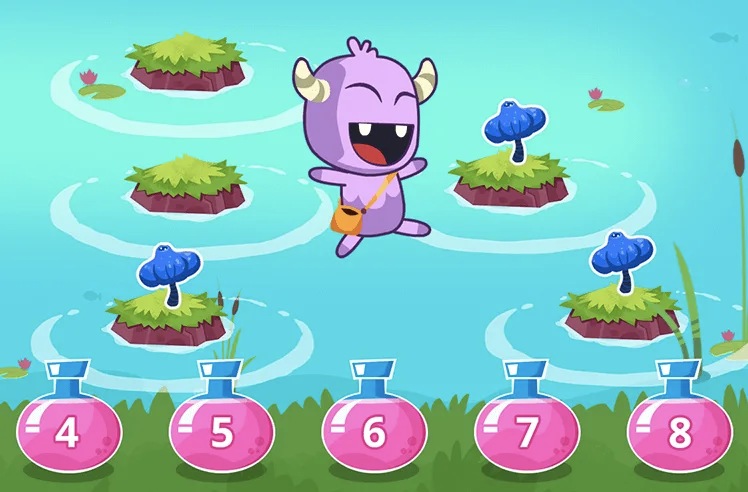
One of the most fun ways to teach addition, especially when teaching addition to kindergarteners, is through online math games. These interactive platforms turn learning into an adventure, where kids can earn points, unlock levels, and face challenges, all while practicing addition. I’ve seen students who were initially hesitant about math become eager participants, thanks to the engaging format of these games.
2. Worksheets
Worksheets might sound traditional, but they’re incredibly effective for practicing addition. I like to mix in colorful, themed worksheets that relate to holidays or seasons, making the practice feel more like a fun activity than work. It’s a straightforward yet versatile resource that supports the step-by-step mastery of addition skills.
3. Manipulatives
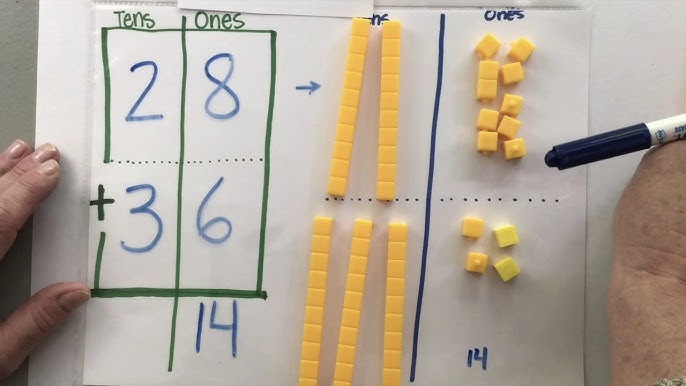
Nothing beats the hands-on experience of using manipulatives for teaching addition. Whether it’s blocks, counters, or even edible treats like raisins, manipulatives make abstract concepts tangible. It’s a tactile, engaging method that encourages active participation and exploration.
Related Reading: Best Math Manipulatives To Enhance Children's Learning
4. Educational Videos
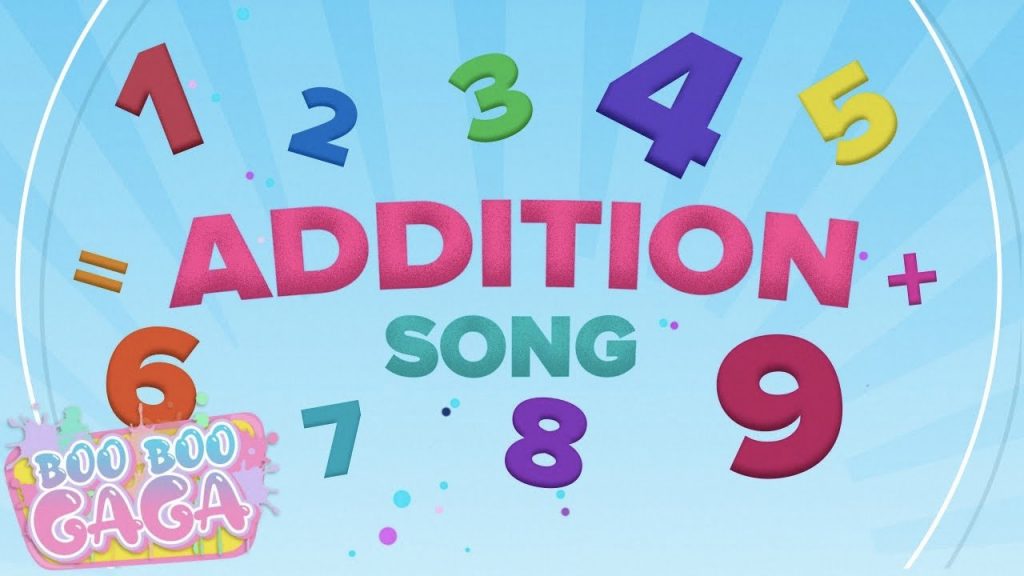
Educational videos are a fantastic way to break down the steps of addition in a visually engaging manner. They can tell stories, sing songs about addition, or demonstrate problems being solved in real-time. I’ve used videos as a warm-up activity to capture the children’s attention and found that they often reference the songs or characters when working on their addition problems.
Related Reading: Best Educational Kids Shows to Watch
5. Board Games
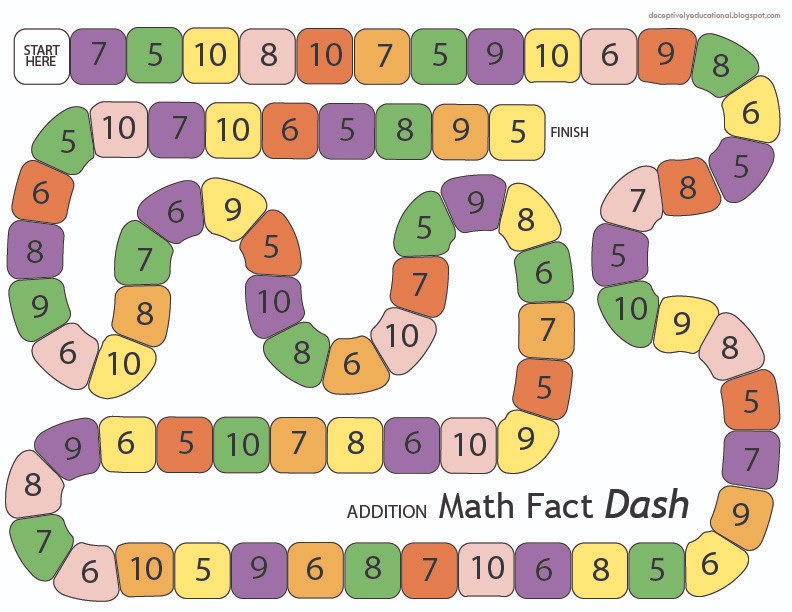
Incorporating board games into math lessons offers a unique opportunity for social learning and practice. Games that require players to add numbers to move their pieces along the board not only teach addition but also strategy and patience. I’ve seen shy students open up and become vocal when playing these games, eagerly adding up their rolls to see how far they can go. It’s a wonderful way to encourage cooperative learning and reinforce addition skills in a playful context.
Related Reading: Best Math Board Games for Kids
Conclusion
Discovering how to teach addition has been a journey filled with laughter, learning, and lots of “aha!” moments. As a teacher, there’s nothing more rewarding than seeing the concepts click into place for my students. Whether it’s through games, worksheets, or just counting out loud together, each step brings us closer to mastering the art of addition.
Related Reading: Best Addition Apps for Kids
Frequently Asked Questions (FAQs)
What age is appropriate to start teaching addition?
Addition can be introduced as early as preschool, around ages 4-5, starting with basic concepts like counting and combining groups of objects.
What if a child is struggling with addition?
Focus on reinforcing foundational skills like counting and number recognition. Use manipulatives and visual aids to help them grasp the concepts at their own pace.
How often should I practice addition with my child or students?
Regular, short practice sessions are more effective than long, infrequent ones. Aim for daily practice, even if it’s just for a few minutes.

















